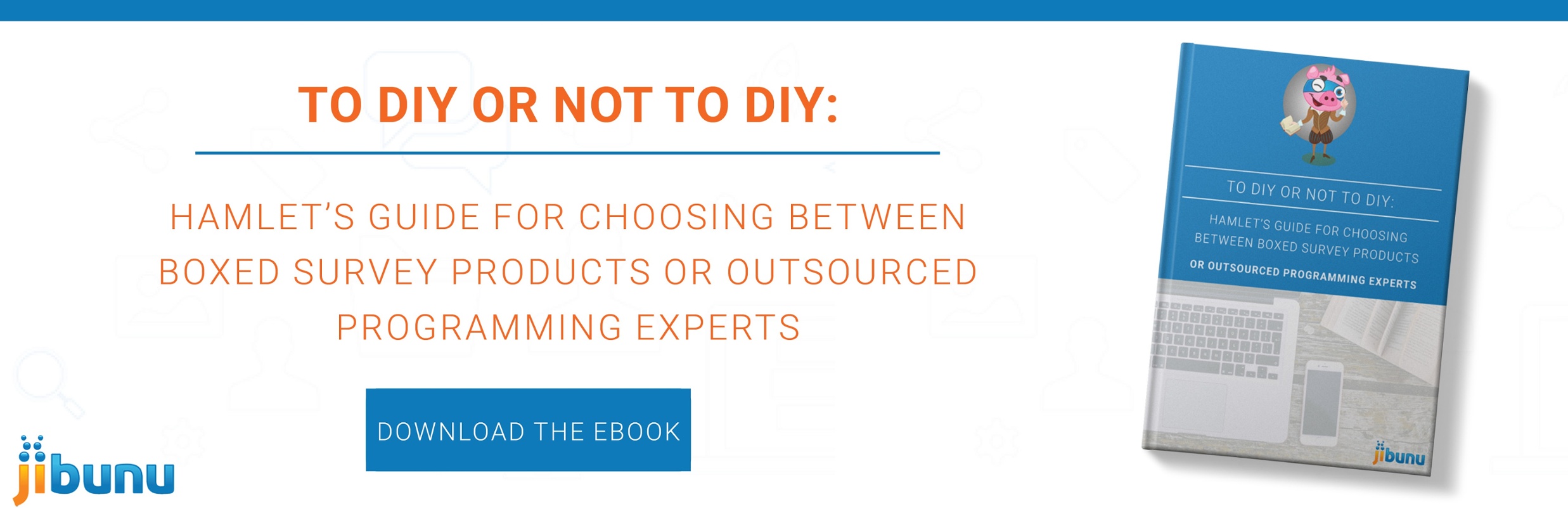You want all your participants to both take you survey and enjoy doing it. One of the most important challenges (and opportunities) for market researchers is to make sure their technology is accessible to everyone. This includes people with disabilities and people who use assistive technologies, such as those that help them provide computer input, interpret computer output, and read documents on a computer.
Assistive technologies may include screen readers, screen magnification software, speech input software, and other tools. The best way to serve individuals who use this technology is to make your survey 508 compliant.
What is 508 Compliance?
Amended in 1998, Section 508 of the Rehabilitation Act of 1973 requires federal agencies to make all their electronic and information technology accessible to people with disabilities. While this amendment technically only applies to the federal government, it serves as a roadmap for any organization that’s committed to making their technology more accessible.
Complying with Section 508 requires an in-depth look at how your survey functions with assistive technologies and how easily it can be accessed and used by people with disabilities.
How do You Comply with Section 508?
If your organization intends to comply with Section 508, there are a few steps you can take.
- Steer clear of problematic question types.
JavaScript-based questions, grid questions, and Likert scale questions are difficult for screen readers to interpret. If you need these question formats in your survey, look for alternatives or screen reader-accessible versions.
- Keep your survey layout simple.
Limit one question per page or restrict the number of questions per page as you would in a mobile survey. A screen reader will typically read an entire page before the user inputs data, so multiple questions per page could become confusing or overwhelming. Keep your questions concise and comprehensible.
Use clean survey themes to keep your survey compatible with assistive technologies. High contrast colors will help the visually impaired interpret your survey more easily. Lastly, include identifiable headers for rows and columns in data tables.
- Include text equivalents for multimedia.
If you have images, multimedia, or other non-text elements in your survey, use text-equivalents so they can be interpreted by screen readers. For example, images should have alt attributes which describe them accurately. You can also design your survey to be text-only if you know a large proportion of participants will have disabilities.
- Use clear warning messages.
If you have required questions in your survey, typical warning messages may not compute with assistive technologies. Design your warning and validation messages to clearly state what error there is and how to resolve it.
- Limit your use of HTML.
If there is an abundance of HTML in your survey, there is a risk that a screen reader may read this code aloud. Limit HTML so that only necessary text is read.
- Simplify your navigation.
If you have repetitive navigation in your survey, screen readers will read it aloud on every page. Give users the option to skip navigation so they can avoid redundancies in their experience.
Testing Your Survey for 508 Compliance
There are a few easy ways to test your survey for accessibility. A good first step is to read all your questions aloud to another person or a group of people. Ask them to tell you if they understand each question and if they can provide a response.
You can also enlist the help of 508 compliance experts to test your survey, or you can rely on survey programmers to create a 508 compliant survey from the start. They’ll do a thorough analysis to determine if any part of your survey needs improvement.
Once you’re finished with testing, you can rest assured that all your participants will have an easy and enjoyable experience with your 508 compliant survey!

